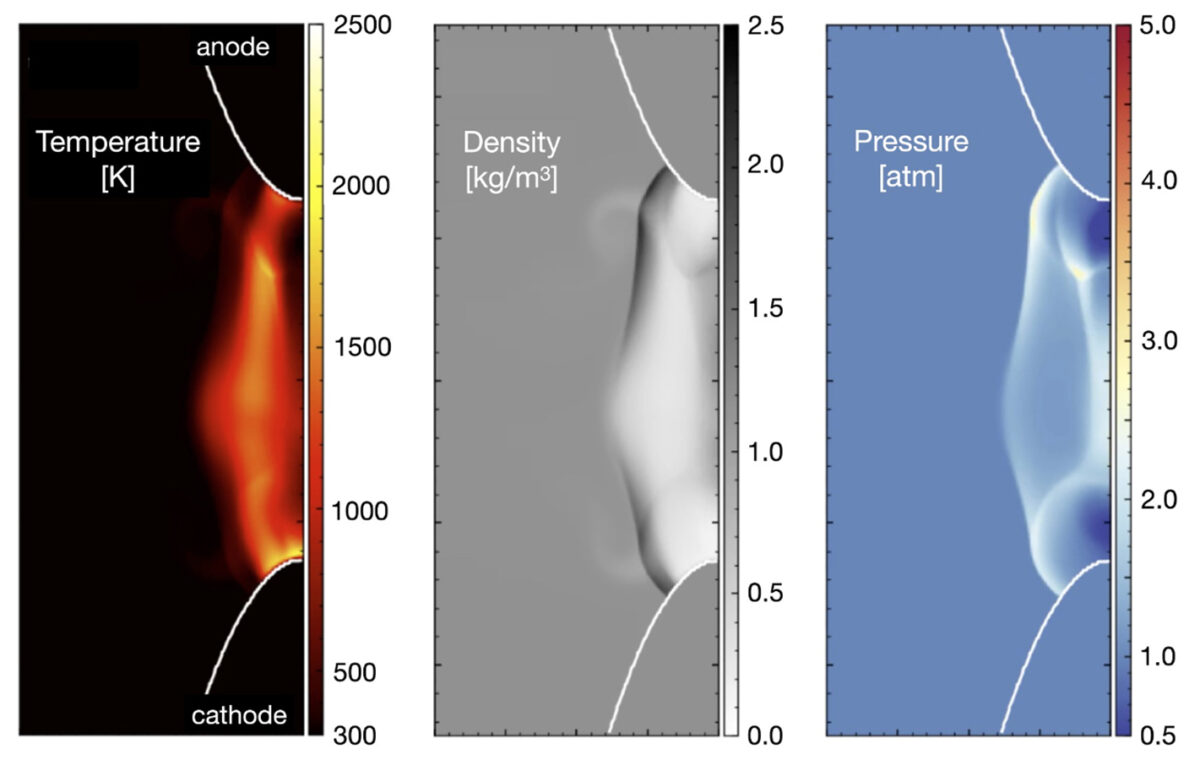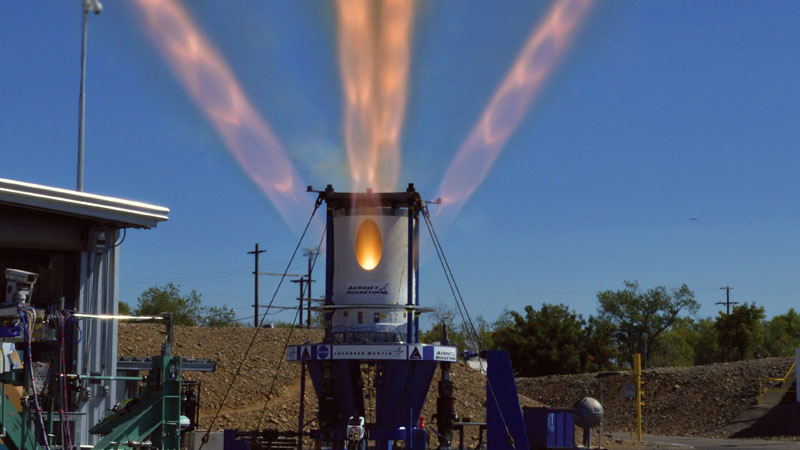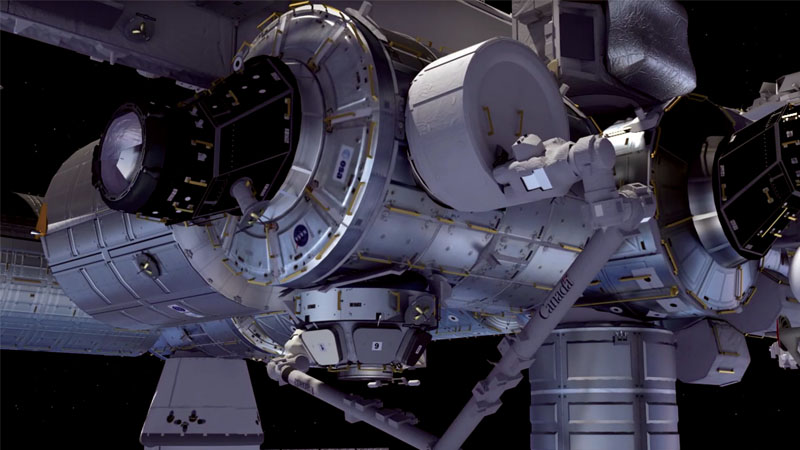Advances in simulations and experimentation for clean and high-speed combustion systems
By Waruna Kulatilaka and Shyam Menon|December 2023
The Propellants and Combustion Technical Committee works to advance the knowledge and effective use of propellants and combustion systems for military, civil and commercial aerospace systems.
Increasing demand for wider operational envelopes and cleaner performance of modern engines requires advanced computational simulations and novel experimental methods. Combustion and propulsion systems researchers made significant contributions this year toward reaching that goal.
Understanding the behavior of hydrogen-enriched hydrocarbon fuels is a critical intermediate step in developing zero-carbon, pure hydrogen combustors. In July, researchers at the University of Cincinnati and the U.S. Army Research Laboratory published their findings on the effect of isotropic turbulence on premixed high-hydrogen content syngas and air flames in the journal Physics of Fluids. Via numerical simulations, they demonstrated that a laminar flame thickens as it interacts with a homogeneous isotropic turbulence field. What was unusual was that the flame thickened in the burnout zone rather than in the pre-heat zone, as observed in previous studies.
An ignition assistant is critical for small intermittent combustion engines to achieve reliable ignition of jet fuels in high-altitude conditions. One practical consideration is the IA durability due to high thermal fatigue and surface erosion. Army Research Laboratory researchers investigated the physics of spray interaction with superheated surfaces. In the first half of 2023, a computational framework was developed that accounted for heat transfer, atomization and dispersion of fuel droplets due to film boiling occurring on the IA surface. Subsequently, the framework was validated for a wide range of conditions using the experimental data obtained in a rapid compression machine.
Reliable technology for ignition in challenging conditions, such as ultra-lean fuel-air mixtures or high-speed reacting flows in scramjets, may be achieved by igniters based on high-voltage nanosecond pulsed discharges producing nonequilibrium plasmas. This year, a research group at the University of Texas at Austin developed a high-performance computing framework to simulate plasma-assisted ignition of fuel-air mixtures at realistic conditions. This framework, developed with funding from the U.S. Energy Department and National Science Foundation, combined an adaptive mesh refinement library, a plasma discharge solver and reactive flow solvers featuring physics-based high-fidelity models of the plasma and combustion kinetics, thermodynamic nonequilibrium gas expansion following isochoric energy deposition, and flame kernel development.
A team of researchers from the U.S. Air Force- funded Center of Excellence on Multi-Fidelity Modeling of Rocket Combustor Dynamics led by the University of Michigan, along with the University of Texas at Austin, New York University and the University of Kansas, made a breakthrough in fast and accurate predictions of turbulent combustion dynamics. With an adaptive projection-based reduced order model, they obtained an order of magnitude reduction in the cost of computing reacting flow in a single injector element rocket combustion chamber.
The next big leap in aerospace propulsion concerns air-breathing propulsion at high hypersonic speeds — Mach 8-17. One approach is the shock-induced combustion ramjet, or shcramjet, which compresses incoming air for combustion via obstacles such as wedges. From March to May, researchers at the University of Minnesota conducted computational fluid dynamics simulations to capture intricate details of the resulting oblique detonation wave stabilization process. The simulations revealed that ODWs possess a complex “zonal” structure, from mildly unstable detonations to locally hypersonic microjets, that helps to sustain ODW for consistent propulsion.
Methane-oxygen mixtures are becoming the combination of choice for high-performance reusable launch vehicles. University of California at Los Angeles and Aerospace Corp. researchers studied such mixtures in shear-coaxial rocket injector designs via a novel infrared laser absorption tomography technique. Their method enabled quantitative and spatially resolved carbon monoxide and temperature measurements via tomographic reconstruction within the near-field mixing region of various injector designs. They completed this work in June.
Contributors: Fabio Bendana, Fabrizio Bisetti, Alex Keller, Prashant Khare, Mike Kweon, Ramakanth Munipalli, Mitchell Spearrin and Suo Yang



































